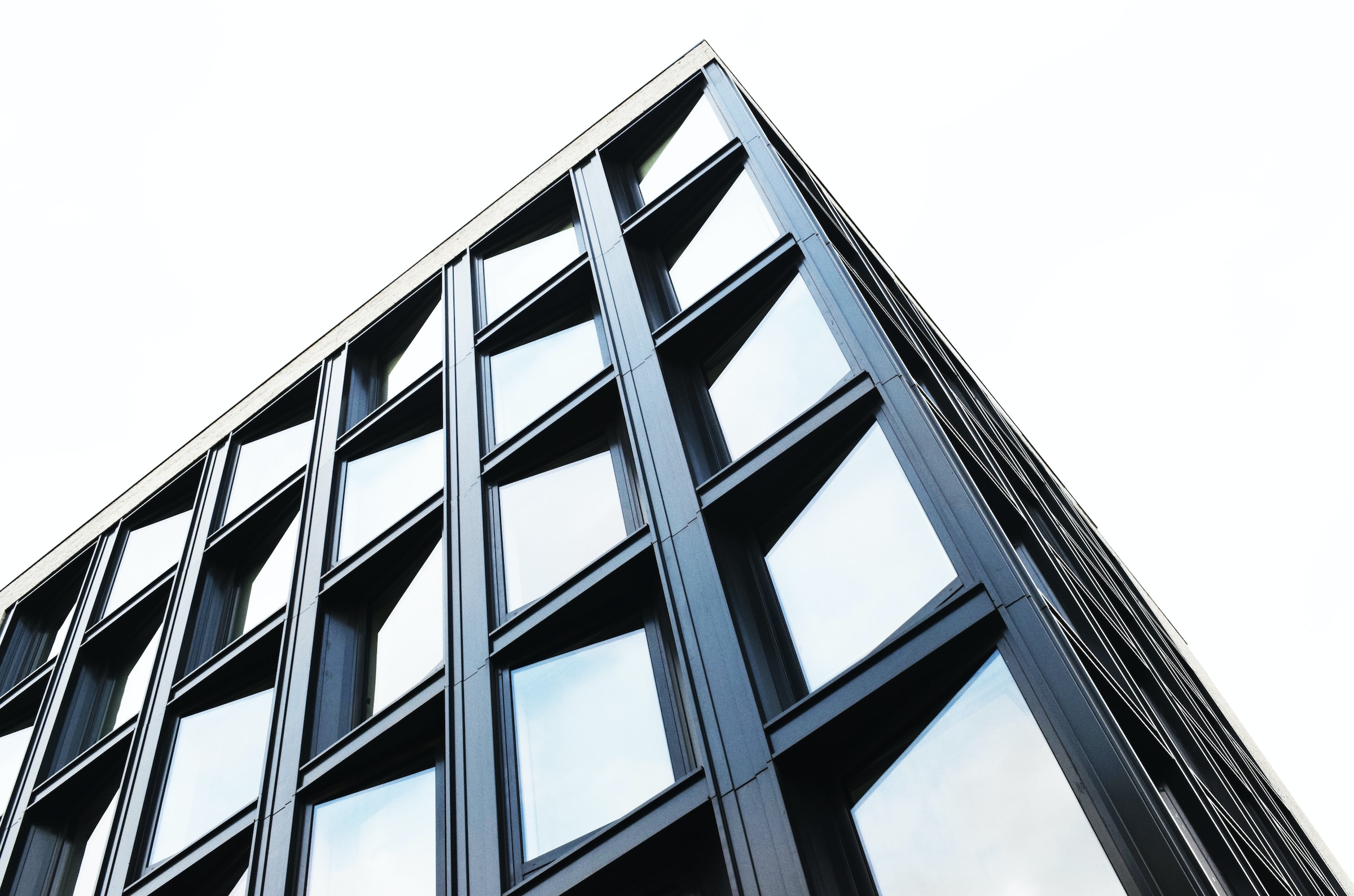One way window film has been gaining popularity in recent years, for good reason. This versatile product offers numerous benefits, from privacy to energy efficiency, making it an attractive option for homeowners and businesses. This comprehensive guide explores the ins and outs of one-way window film, its advantages, and how it can transform your space.

What is One Way Window Film?
One-way window film is a type of privacy window film that reflects visible light from its surface, creating a mirroring effect. This film typically comes in metallic hues, such as copper or silver, and works best in direct sunlight. The unique properties of one-way window film allow you to see outside while preventing others from seeing in during the day.
The Many Benefits of One-Way Window Film
Privacy and Security
The primary advantage of a one-way window film is its ability to provide privacy without sacrificing natural light or views. It is particularly valuable for homes and businesses where maintaining privacy is essential. The reflective finish of the film creates a one-way mirror effect when there is more light on one side than the other, allowing you to see out while others can’t see in.
Energy Efficiency
One-way window film can significantly reduce solar heat gain, lowering energy consumption and utility bills. By blocking up to 76% of solar heat, this film can help maintain a comfortable indoor temperature and reduce the strain on your air conditioning system. In fact, window film can deliver up to 7 times the energy-saving benefits per dollar spent compared to installing a complete set of replacement windows.
UV Protection
One-way window film can block up to 99% of the sun’s harmful UV rays, protecting your skin and possessions from sun damage and fading. It is particularly important for preserving the lifespan of your furniture, flooring, and artwork and reducing the risk of skin cancer and other health issues related to UV exposure.
Glare Reduction
Glare can be a significant issue in rooms with large windows or glass doors, making it difficult to work on a computer or watch television. One-way window film can reduce glare by up to 82%, improving visual comfort and reducing eye strain.
Aesthetic Appeal
One-way window film can add a sleek, modern look to your windows, enhancing the overall appearance of your home or office. The reflective finish can also make your windows appear cleaner, as it helps to mask dirt and smudges.
How to Choose the Right One-Way Window Film
When selecting a one-way window film, consider
- Light transmission: The amount of visible light that passes through the film. A lower percentage means less light transmission and a more reflective appearance.
- Solar heat rejection: The percentage of solar heat blocked by the film. A higher number indicates better heat rejection and energy efficiency.
- UV protection: Look for a film that offers at least 98% UV protection to ensure maximum protection for your skin and belongings.
- Thickness: Thicker films offer increased durability and security but may be more challenging to install.
- Colour and appearance: Choose a film that complements your existing décor and meets your aesthetic preferences.
Installation Tips and Tricks
While professional installation is recommended for the best results, you can install a one-way window film yourself with some patience and the right tools. Here are some tips to ensure a successful installation:
- Clean your windows thoroughly before applying the film. Any dirt or debris on the glass can cause bubbles or imperfections in the film.
- Measure and cut the film to size, leaving a small margin around the edges for trimming.
- Use a spray bottle filled with water and a few drops of dish soap to wet the film’s window and adhesive side. This will make it easier to position the film and remove air bubbles.
- Use a squeegee or credit card to smooth out the film and remove any air bubbles, working from the centre outwards.
- Trim the excess film around the edges using a sharp utility knife and a straight edge.
Frequently Asked Questions:
Does one way window film work at night?
One way window film relies on a difference in light levels between the inside and outside of the glass to create the one-way mirror effect. At night, when the interior is illuminated, and the exterior is dark, the film may lose its one-way properties, allowing people to see in from the outside. To maintain privacy at night, consider using window coverings such as blinds or curtains.
How long does one-way window film last?
The lifespan of one-way window film depends on the quality of the film and the conditions it is exposed to. High-quality films can last up to 10 years or more, while lower-quality films may need to be replaced after just a few years.
Can one-way window film be applied to any type of glass?
One-way window film can be applied to most types of glass, including single-pane, double-pane, and tempered glass. However, it is not recommended for use on low-E or laminated glass, as it can cause damage or reduce the effectiveness of the film.
The Bottom Line:
In conclusion, a one-way window film is a versatile and cost-effective solution for enhancing privacy, energy efficiency, and UV protection in your home or office. With its numerous benefits and wide range of options, it’s no wonder this innovative product has become increasingly popular among homeowners and businesses alike. So, why not try and experience the transformation for yourself?
